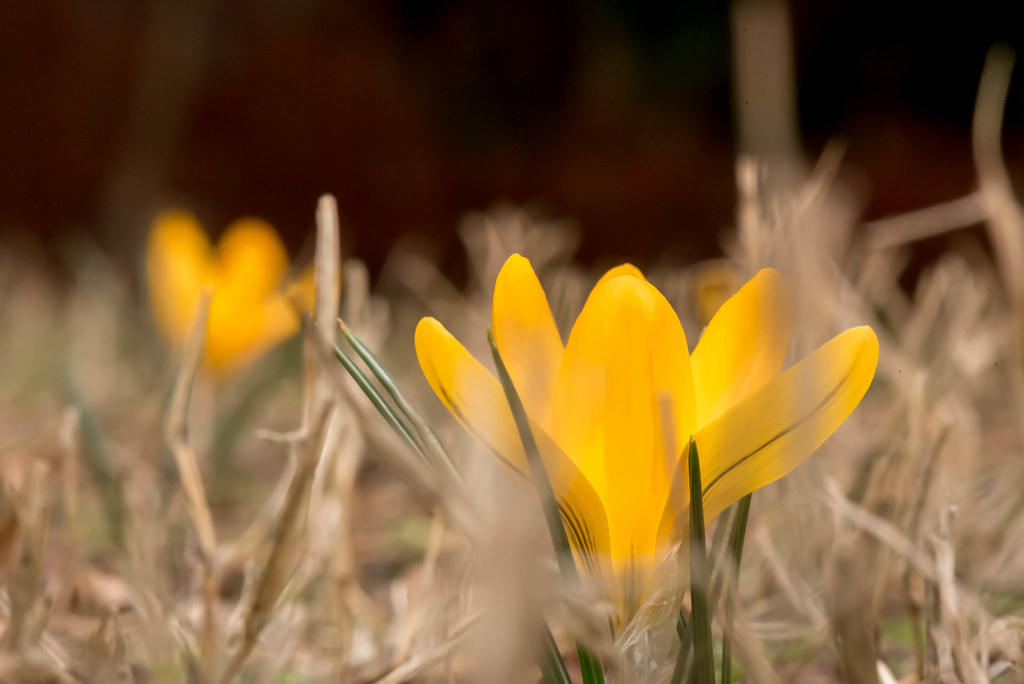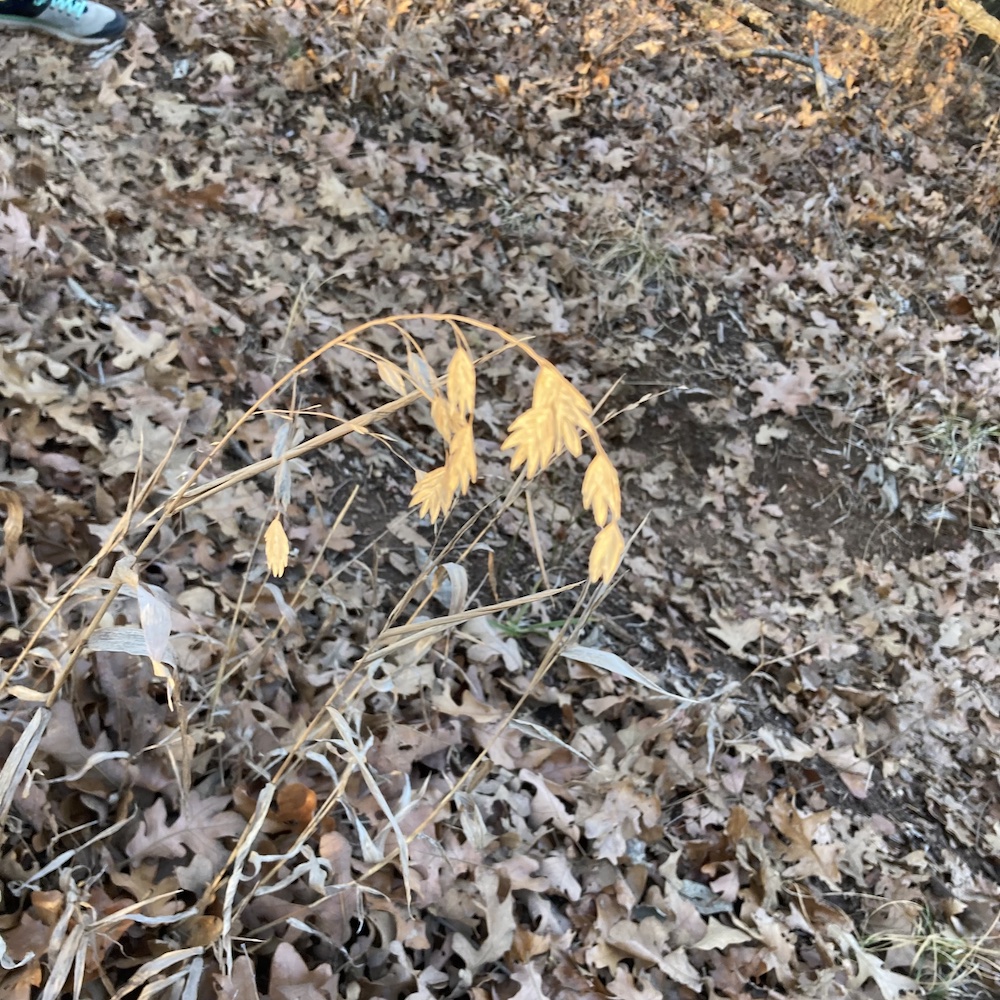
If this pictures gives you a bit of deja vu, your brain is probably on to something. It’s remarkably similar to this one I took back in November, and that’s actually the reason I almost didn’t take this week’s picture at all. It seemed too derivative, too uninspired, and possibly even too boring to be an interesting shot. But the thing is, when I saw this jar of sugar sitting on the counter one warm Saturday morning while I was eating breakfast with my son, it just seemed like it was begging to be photographed. So I picked up my D750 and 105mm f/2.8 macro lens, clicked the shutter a few times, and got the image you see here. I like to think of it more as a shot that was inspired by the original five months earlier rather than a cheap sequel or copy of it. Perhaps that’s just some kind of semantic nonsense, but I felt like I learned something by taking this picture and that’s all I need :)
The original shot used a 20-ounce soup mug that I used for tea as its main subject, but in the months since then I have migrated to coffee which I like to sweeten a teaspoon of sugar and a bit of half-and-half. I keep the sugar in this little jar that you see here and, after pouring my second cup of coffee for the morning, I scooped out a bit of sugar and left the jar sitting on the counter while I talked with my son over breakfast. The sun soon cast its morning rays through the kitchen window and the sugar jar began to take on an almost otherworldly appearance: glowing in the golden rays, the sugar inside taking on what almost seemed like its own inner light, the silverware sitting in the dish rack behind sparkling with a particular vibrance that only shows up in that special slice of time right as the day is getting started.
Clearly, I had to capture the moment in photo form.
I shot this at f/3, 1/180 second, ISO 160, and from just a slight upward angle as if to heighten the presence of the jar and showcase the bright points of light dancing off the forks and spoons in the background. I think the shot works pretty well as-is, but if I had to do it again I might do more of a straight-on composition to make the scene feel more homely and less monolithic, like something out of 2001: A Space Odyssey. Even so, the shot does a pretty solid job of capturing the essence of the scene as I saw it while sitting at the table, and is a fun reminder of the beauty that we can find even in everyday ordinary things around us. Like a little jar of sugar.




